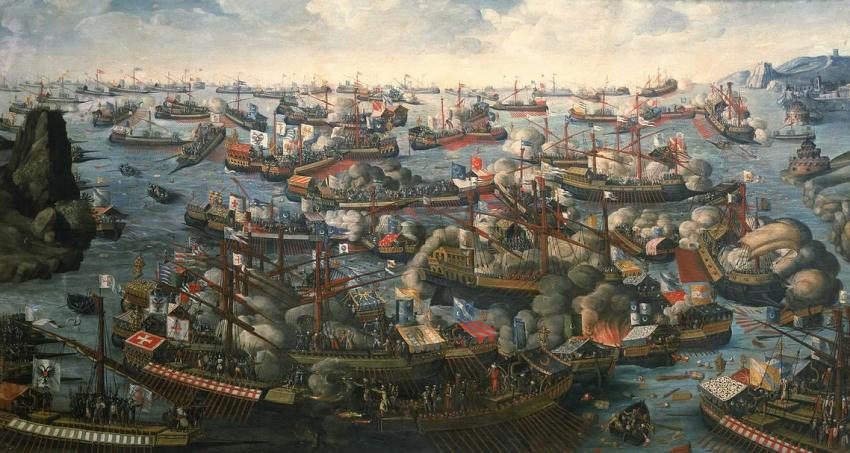- Read offline
- Access all content
- Use the in-app Map to find sites, and add custom locations (your hotel...)
- Build a list of your own favourites
- Search the contents with full-text search functionality
- ... and more!
1453–1573
Serenissima in Spite of Everything

Pride, for your average imperialist, is supposed to come before a fall. And, directly upon digesting her new land empire, Venice’s luck began to change. Soon things turned really bad, then worse, and then worse still.
The dislocations in trade should have been fatal to such a strictly mercantile city, as earlier trade shifts had been to Amalfi, and Pisa. They were not. The rabid crusade of the great powers of Europe against her should have finished her off. It didn’t.
Politically, the 16th century was one of the ghastliest periods in European history. For Venice, it featured a murderers’ row of bitter enemies – ferocious, berserk Pope Julius II; the megalomaniac Charles V, with half of Europe in his pocket; and worst of all the invincible Turk, with a million men, a thousand galleys and nothing better to do than beat on the Venetians.
Images by anonymous, PD art, Gentile Bellini, -kayac- , Creative Commons License, Nobility of Europe, PD Art, Raphael , Unknown authorUnknown author

